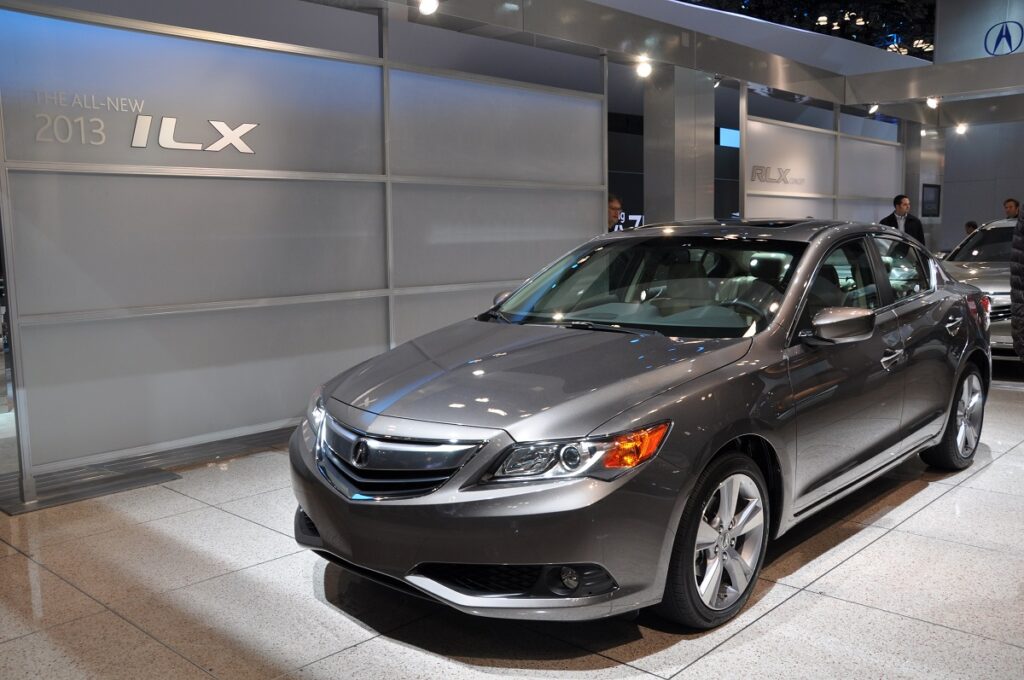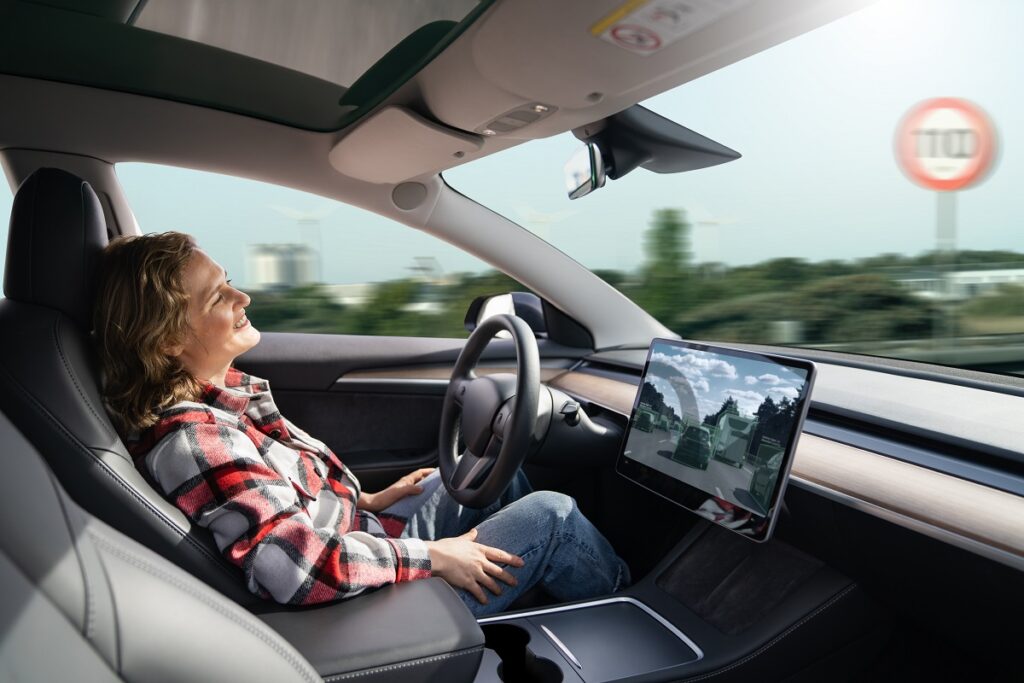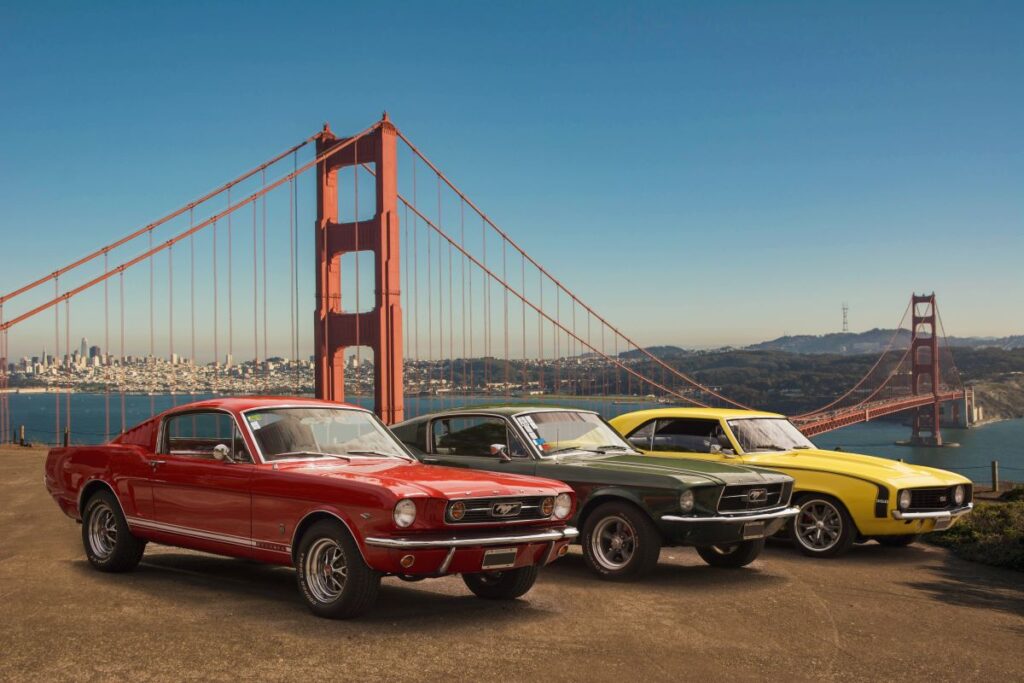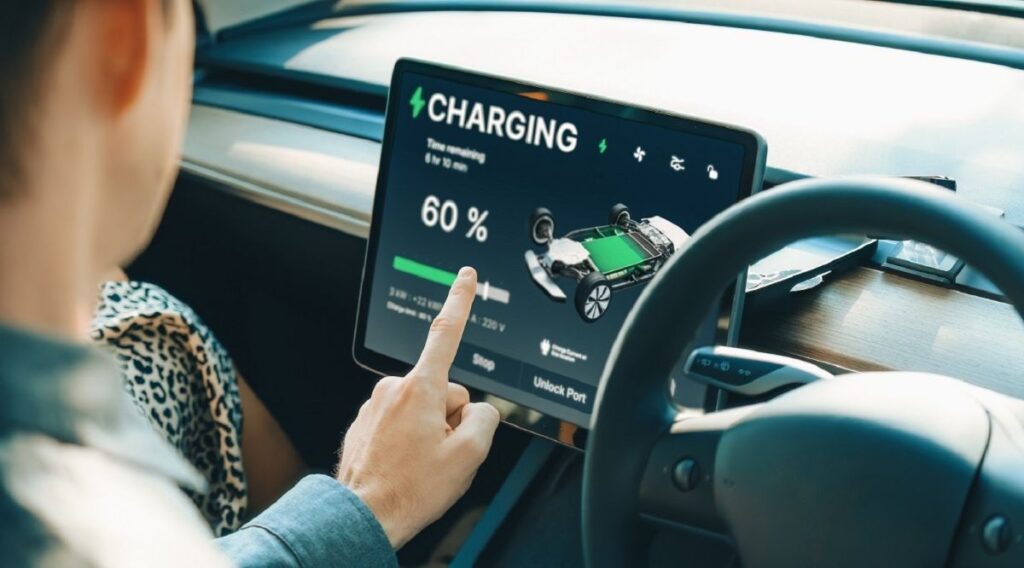The auto industry is evolving rapidly; some trends dominate the market, while others fade into the background. Here’s a breakdown of what’s hot and what’s not, with verdicts on where the future is heading.
1. Electric Vehicles (EVs) – Hot
Electric vehicles are the biggest trend in the auto industry, with global sales expected to surpass 17 million units by 2025. Government incentives, stricter emissions regulations, and advances in battery technology are pushing automakers to invest heavily in EV development. Tesla, Ford, and GM are leading the charge, with new models catering to all price points.
2. Autonomous Driving Technology – Hot
Self-driving technology is progressing rapidly, with companies like Tesla and Waymo making significant advancements. The global market for autonomous vehicles is projected to grow to $100 billion by 2030. While fully autonomous cars are still years away, features like adaptive cruise control and lane assist are becoming standard on many new vehicles.
3. Sustainability and Green Manufacturing – Hot
Sustainability is now a core focus for automakers. Companies like BMW and Volvo are making commitments to reduce their carbon footprints, with some aiming for carbon-neutral production by 2040. The shift toward using recycled materials and green energy sources is transforming the manufacturing process.
4. Connected Car Technology – Hot
Connected cars are becoming the norm, with features like real-time navigation, remote diagnostics, and vehicle-to-vehicle communication becoming increasingly popular. It’s estimated that by 2025, 90% of new vehicles sold will have embedded connectivity. This trend is reshaping the way we interact with our cars.
5. Car Subscription Services – Hot
Subscription-based car services are gaining traction as consumers seek flexibility without the long-term commitment of ownership. Brands like Volvo and Porsche are expanding their subscription offerings, allowing users to switch vehicles for a monthly fee. This trend particularly appeals to urban areas where car ownership can be a burden.
6. Advanced Driver Assistance Systems (ADAS) – Hot
Advanced Driver Assistance Systems (ADAS) are quickly becoming a must-have in new cars. Features like automatic emergency braking, blind-spot monitoring, and parking assist enhance safety and convenience. The global ADAS market is expected to reach $83 billion by 2030.
7. Hybrid Vehicles Verdict: Hot
While fully electric vehicles are grabbing headlines, hybrid vehicles remain popular as a bridge between gasoline and electric power. Hybrid sales continue to grow, particularly in markets with developing EV infrastructure. Toyota’s Prius and RAV4 Hybrid remain strong sellers in this segment.
8. Ride-Sharing and Mobility Services – Hot
Ride-sharing services like Uber and Lyft are becoming an integral part of urban transportation. These services are evolving to include electric and autonomous fleets, with companies partnering with automakers to integrate ride-sharing into future mobility solutions. The global ride-sharing market is expected to grow by 16% annually over the next decade.
9. Fuel Cell Vehicles – Hot
Hydrogen fuel cell vehicles are gaining momentum, particularly in regions like California and Europe, where hydrogen infrastructure is growing. Automakers like Toyota and Hyundai are investing in fuel cell technology as a complement to battery electric vehicles. Fuel cell vehicles offer longer range and faster refueling times compared to EVs.
10. Vehicle Electrification – Hot
Vehicle electrification isn’t just about EVs—it’s about electrifying everything from small city cars to commercial trucks. Automakers are increasingly offering electric versions of their entire lineups, from compact sedans to heavy-duty pickup trucks. This trend will only grow as governments impose stricter emissions standards.
11. Diesel Vehicles – Not
Diesel engines are being phased out due to stricter emissions regulations and the rise of cleaner alternatives. Once dominant in Europe, diesel vehicle sales have plummeted in recent years. Many automakers, including Mercedes-Benz and Volvo, have announced plans to discontinue diesel models altogether.
12. Manual Transmissions – Not
Manual transmissions are disappearing, with less than 1% of cars sold in the U.S. now featuring a stick shift. The rise of automatic and CVT systems has made manuals less appealing to the average driver. While enthusiasts still appreciate the control a manual transmission offers, the market is moving towards convenience.
13. Gas-Guzzling Performance Cars – Not
High-performance sports cars powered by large internal combustion engines are losing favor in an era of fuel efficiency and electrification. Automakers are shifting towards hybrid and electric performance models to meet stricter emissions standards. Even brands like Ferrari and Lamborghini are introducing hybrid and electric options.
14. Sedans – Not
Sedans are steadily losing ground to SUVs and crossovers, which now account for over 50% of vehicle sales in the U.S. Consumers prefer the space, visibility, and safety features offered by larger vehicles. As a result, many automakers are scaling back their sedan offerings.
15. Large Internal Combustion Engine (ICE) Vehicles – Not
Large ICE vehicles, especially those with V8 engines, are facing increasing pressure from emissions regulations and the rise of electric powertrains. Automakers are phasing out traditional large engines in favor of hybrid and electric alternatives to meet global emissions standards.
16. Traditional Car Dealerships – Not
The traditional dealership model is being challenged by direct-to-consumer sales, particularly by companies like Tesla. Consumers are increasingly comfortable buying cars online, and many automakers are experimenting with new sales models that bypass dealerships altogether. This trend could reshape the entire car-buying experience.
17. Excessive Tech in Cars – Not
Overloading cars with too much tech can backfire, with many drivers finding the abundance of screens and interfaces distracting. A study by AAA found that many in-car tech features, such as touchscreens and voice commands, contribute to driver distraction rather than convenience. Simplifying the user experience is becoming a priority for automakers.
18. In-House Infotainment Systems – Not
In-house infotainment systems are losing ground to smartphone integration. Features like Apple CarPlay and Android Auto allow drivers to use their phones for navigation, music, and communication, making automaker-specific systems less relevant. Consumers now expect seamless smartphone connectivity in every vehicle.
19. Luxury Gas-Powered Cars – Not
Luxury automakers are transitioning away from gas-powered cars as they embrace electrification. Brands like Bentley and Rolls-Royce have announced plans to go fully electric by 2030, signaling the end of the traditional luxury gas-powered car. Consumers seeking luxury are increasingly looking for cutting-edge electric options.
20. Compact Cars – Not
Compact cars are losing popularity as consumers shift toward larger vehicles like SUVs and crossovers. Even traditionally strong segments like the Honda Civic and Toyota Corolla are seeing declining sales. Automakers are focusing more on electric and hybrid compact options as the market for traditional compact cars shrinks.
The Future Is Electric — And Connected
The automotive industry is moving towards electrification, connectivity, and sustainability. While some traditional trends are fading, the future promises innovation and technological advancement to reshape our drive. Buckle up—this ride is just getting started.
Featured Image Credit: Shutterstock / Scharfsinn.
The content of this article is for informational purposes only and does not constitute or replace professional advice.
For transparency, this content was partly developed with AI assistance and carefully curated by an experienced editor to be informative and ensure accuracy.
The images used are for illustrative purposes only and may not represent the actual people or places mentioned in the article.










